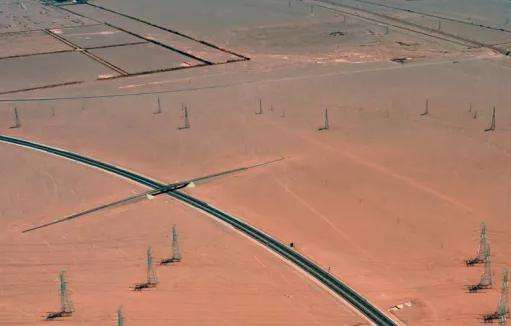1. Foundation construction, the main works are the civil construction of wind turbine foundations, and may also include the construction of booster stations. Construction engineering qualifications are required and general construction companies are acceptable.
2. .Wind turbine crane installation The work mainly includes wind turbine lifting and electrical installation, which requires electrical equipment installation qualifications and at least 400T crane installation qualifications. Generally, provincial and municipal electrical construction companies have this qualification
3. Laying of collection lines, including mainly on-site Laying or erecting lines requires qualifications in the installation of electrical equipment, which many construction units have
4. Debugging wind turbines requires on-site personnel from the part of the equipment manufacturer
5. Debugging the main transformer requires equipment Factory debugging
Usually there are only a few things, there may be additional work such as SVC installation and debugging, debugging of the communication line and other additional works, which require a corresponding construction team
Wind turbine base
Each cubic meter of concrete structure requires about 400 kilograms of bars of steel. The requirements for foundation steel bars of wind turbines are generally higher than those of other buildings. Since wind turbine foundation steel bars must withstand greater wind loads, the steel bars generally need to be thicker. should be greater than 200mm, and the maximum thickness should generally be greater than 200mm. The thickness should generally be less than 500mm to garreduce the stability and safety of the wind turbine.
The wind turbine base is an important part of the wind turbine. It supports the weight of the entire wind turbine and must also resist the enormous force brought by the wind. Therefore, the design and structure of the wind turbine base is very important.
Design points
The design points of the wind turbine base mainly include the following aspects:
1. Load capacity: The base of the wind turbine must support the load. all wind energy The weight of the generator must also withstand the enormous force brought by the wind. Therefore, the bearing capacity of the base must be strong enough.
2. Stability: The base of the wind turbine must have good stability to ensure that the entire wind turbine will not tilt or collapse under the action of the wind.
3. Durability: The base of the wind turbine should have good durability to garensure that it will not be damaged or deformed during long-term use.
Structural characteristics
The structural characteristics of the wind turbine base mainly include the following aspects:
1. Base part: The base part of the wind turbine base. is usually It is cast in concrete to ensure sufficient bearing capacity and stability.
2. Support structure: The support structure of the wind turbine base is usually made of steel or concrete to ensure sufficient strength and stability.
3. Connection part: The connection part of the wind turbine base is usually bolted or welded to ensure sufficient connection strength and stability.
Application scenario analysis of wind turbine base
Wind turbine baseThe base is mainly used in wind farms, and its main function is to support the wind turbine and to resistto the force of the wind. The application scenarios of wind turbine bases mainly include the following aspects:
1. Lowland areas: Lowland areas generally have less wind, so taller wind turbines are required to achieve sufficient energy production. In this case, the wind turbine base must have sufficient bearing capacity and stability to ensure the safe operation of the entire wind turbine.
2. Mountainous areas: Mountainous areas generally have stronger winds, so weaker wind turbines are required to achieve sufficient electricity generation. In this case, the wind turbine base must have sufficient stability and durability to ensure that the entire wind turbine will not tilt or collapse under the action of strong winds.
3. Offshore Wind Farms: Offshore wind farms are typically subject to strong winds and must withstand the impact of wavesues. In this case, the wind turbine base must have sufficient durability and stability to ensure that the entire wind turbine will not tilt or collapse under wave action.
The operation steps of the wind turbine base
The operation steps of the wind turbine base mainly include the following aspects:
1 . Building the Foundation: First, this must be done. Foundation construction includes digging foundation pits, constructing formwork, pouring concrete and other steps.
2. Install the support structure: After the foundation construction is completed, the support structure must be installed, including support columns, support rings and other steel or concrete parts.
3. Install the connection part: After the support structure is installed, the connection part needs to be installed, including steps suchas bolted connections or welded connections.
4. Install the wind turbine: After the connection part is installed, the wind turbine needs to be installed and connected to the base.
5. Debugging and testing: After the installation is completed, the entire wind turbine needs to be debugged and tested to ensure its normal operation.














